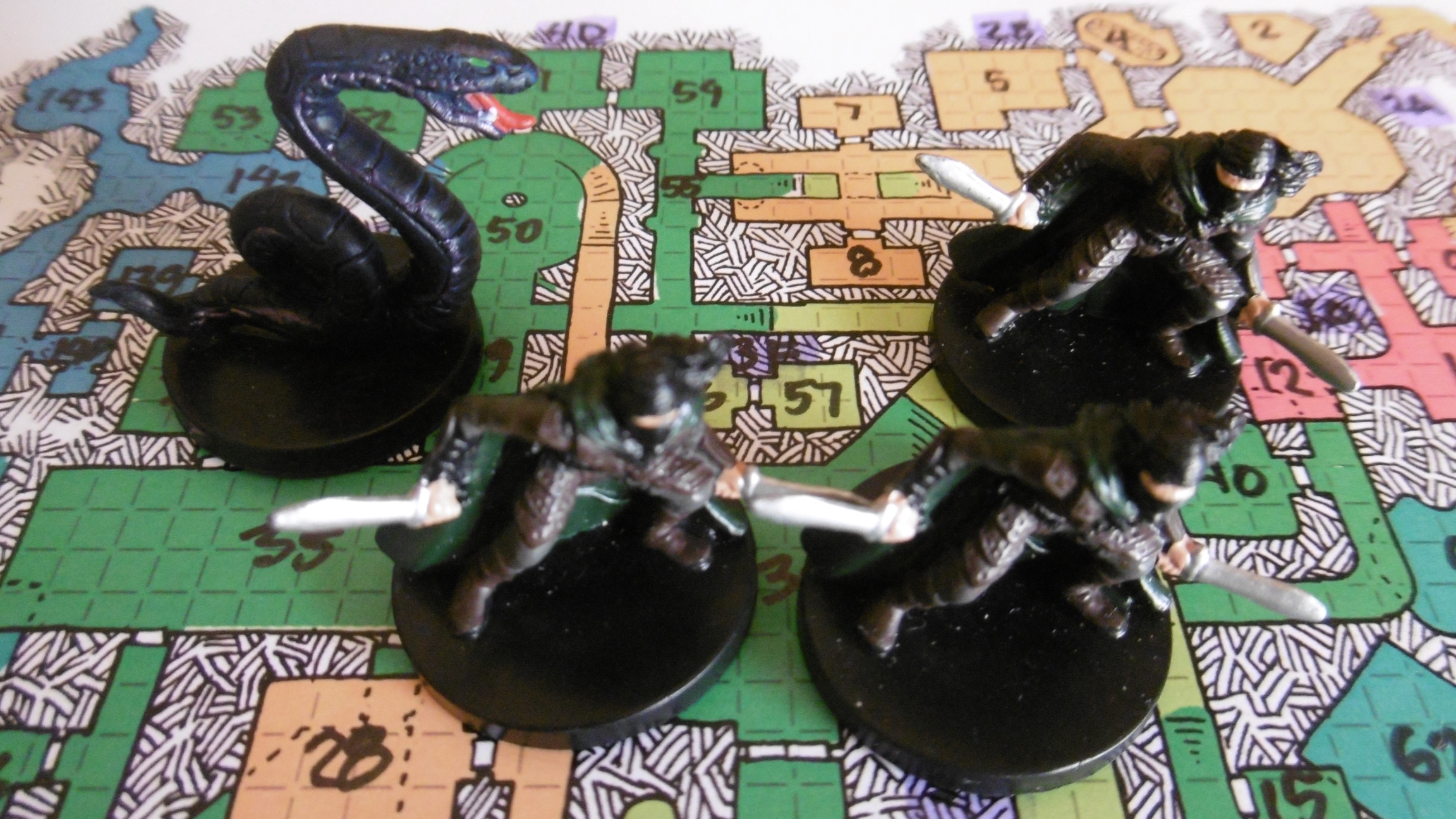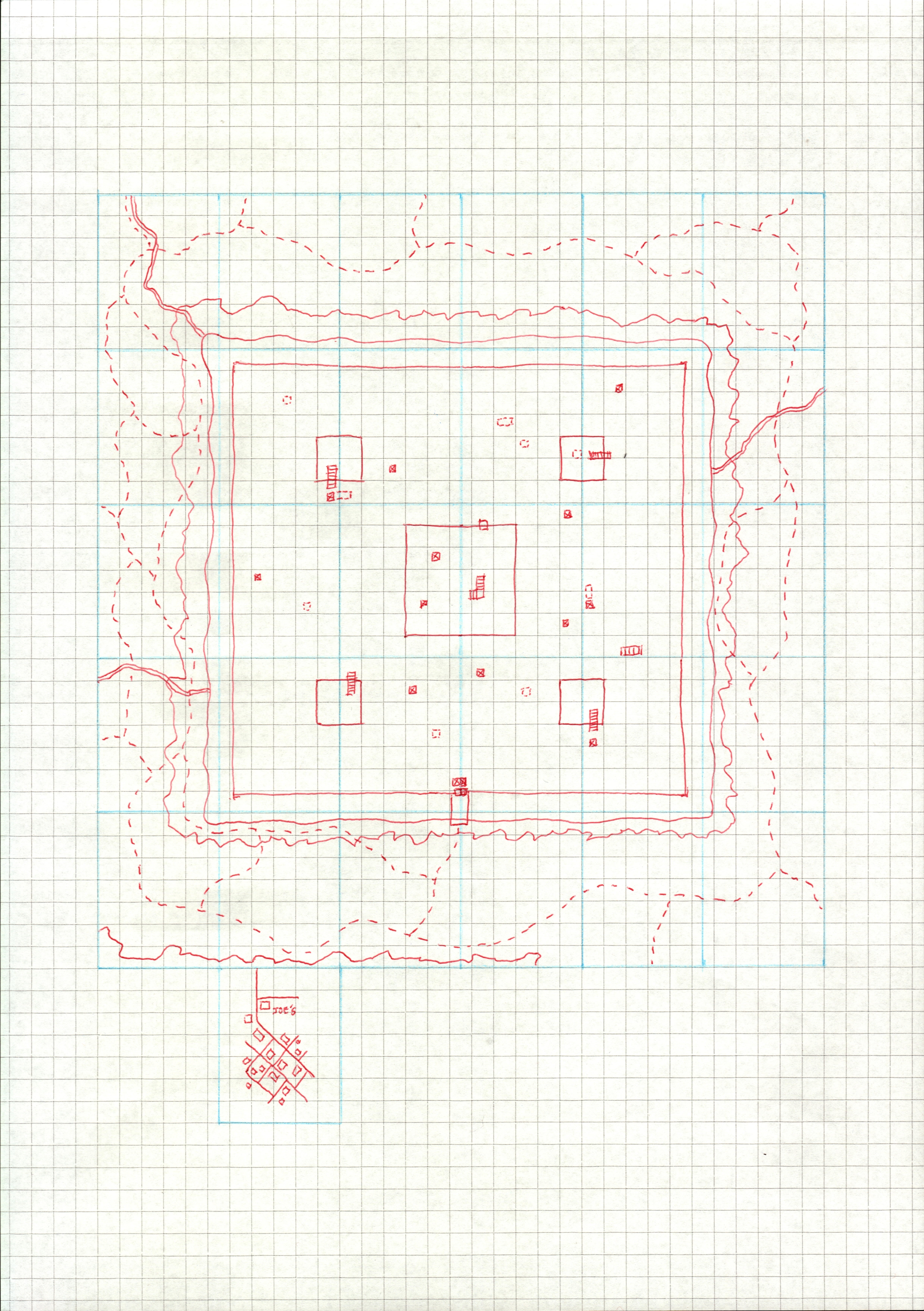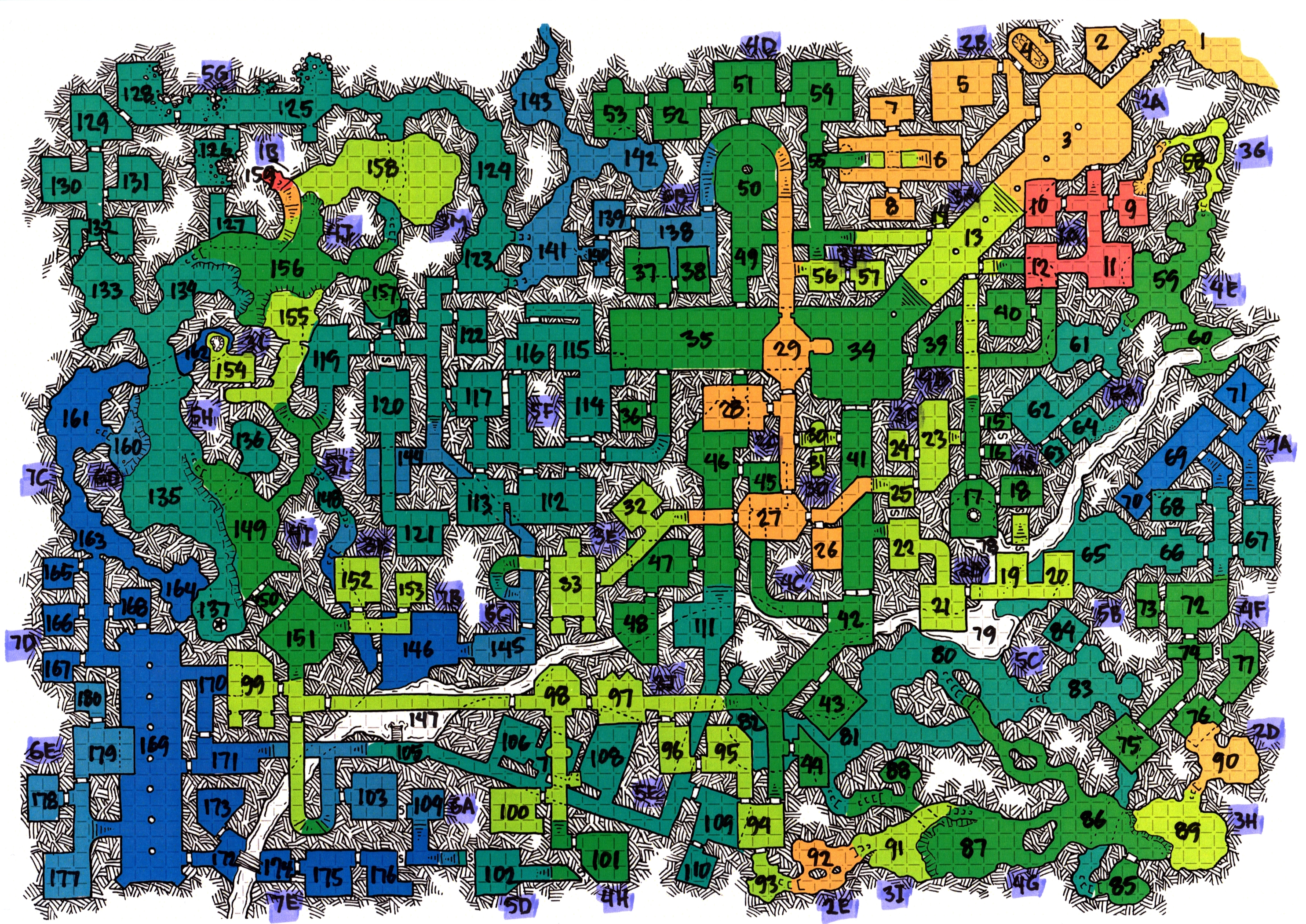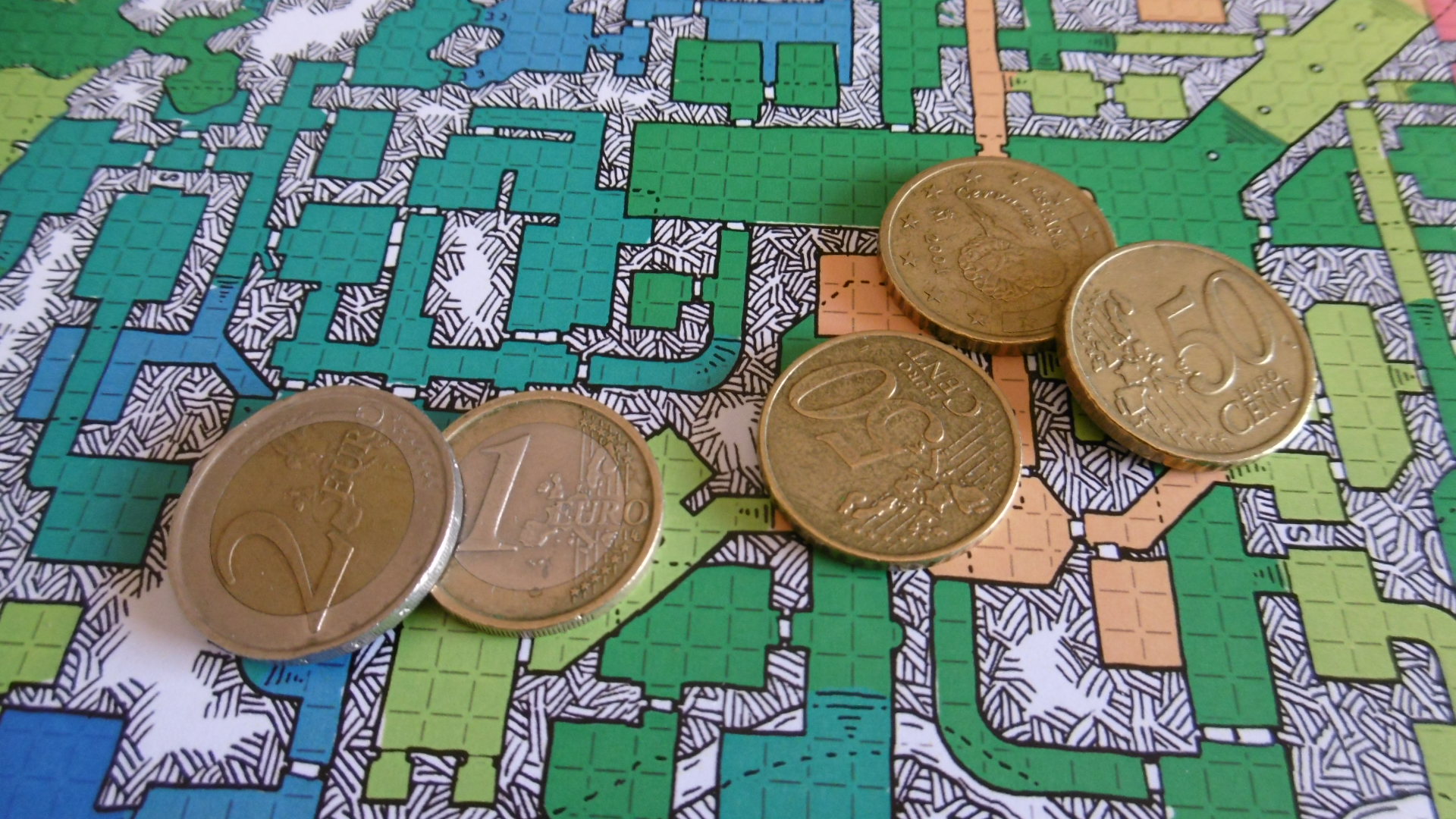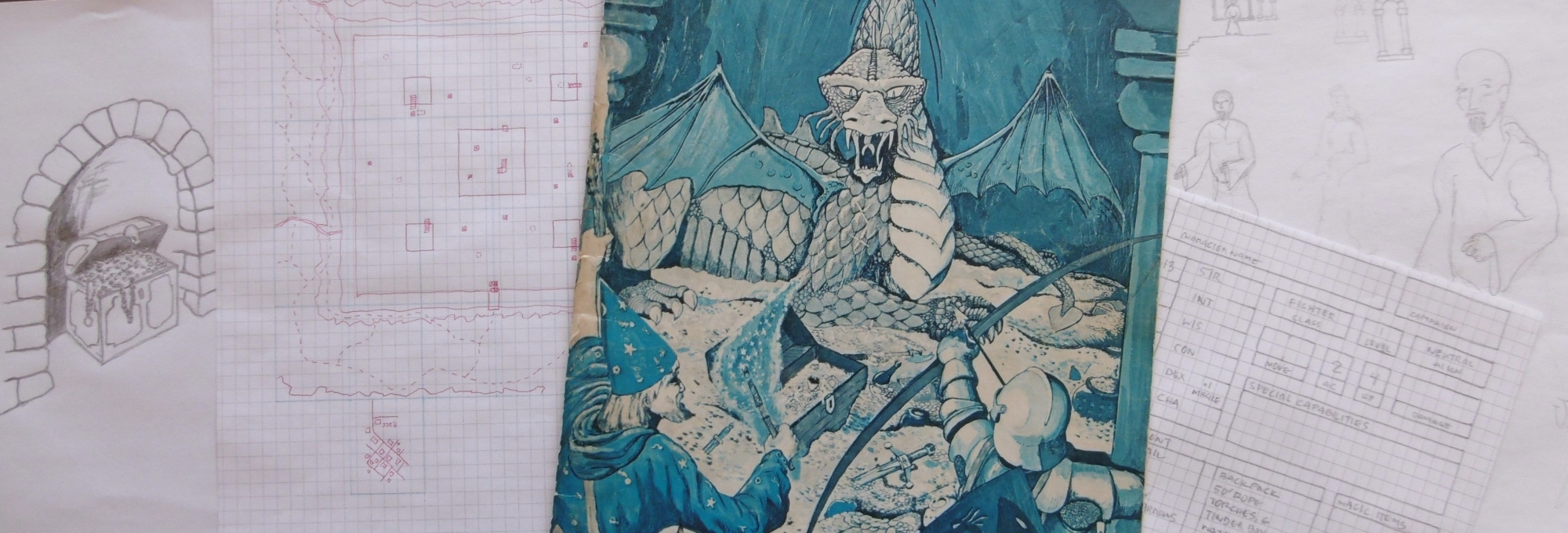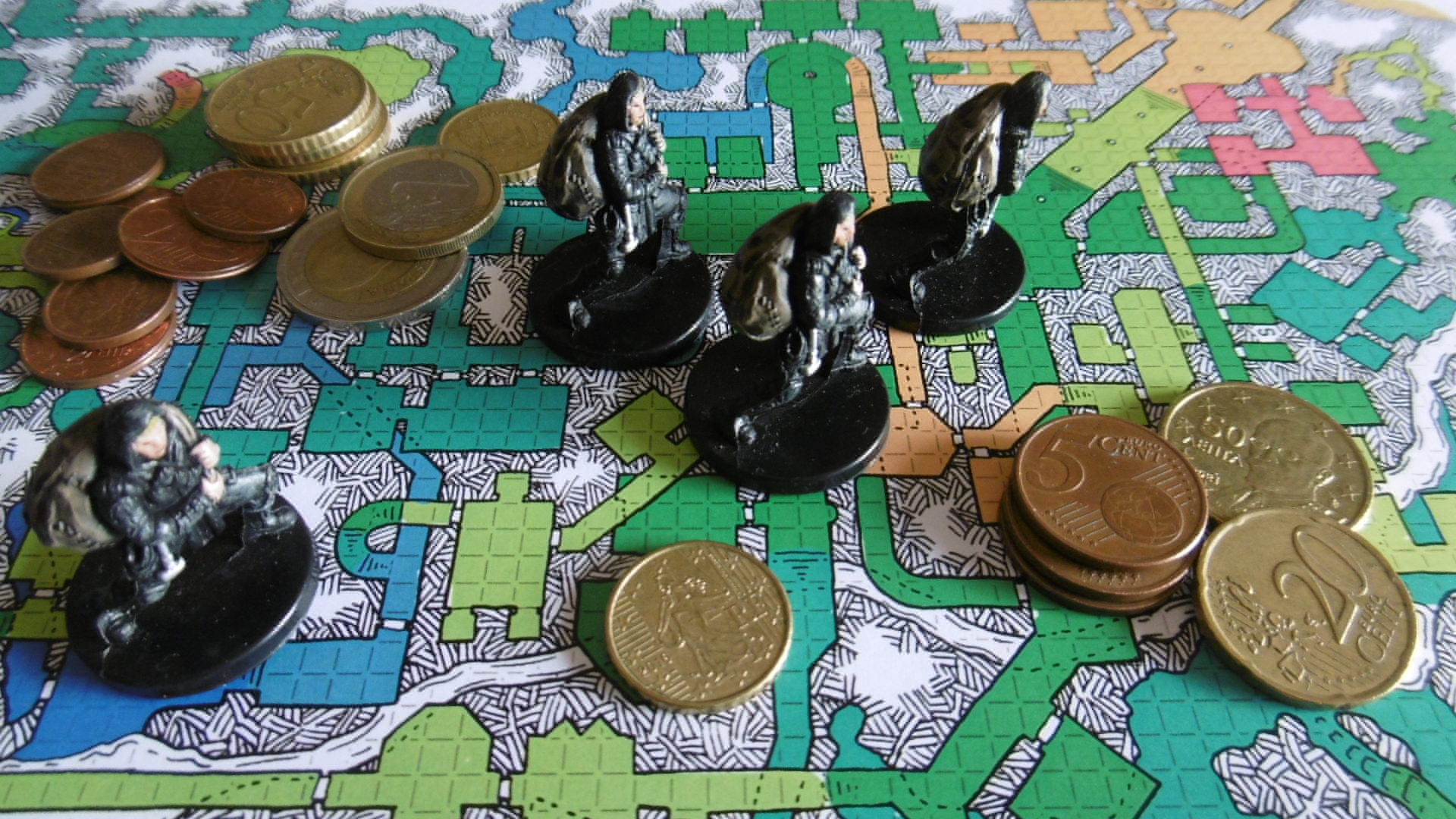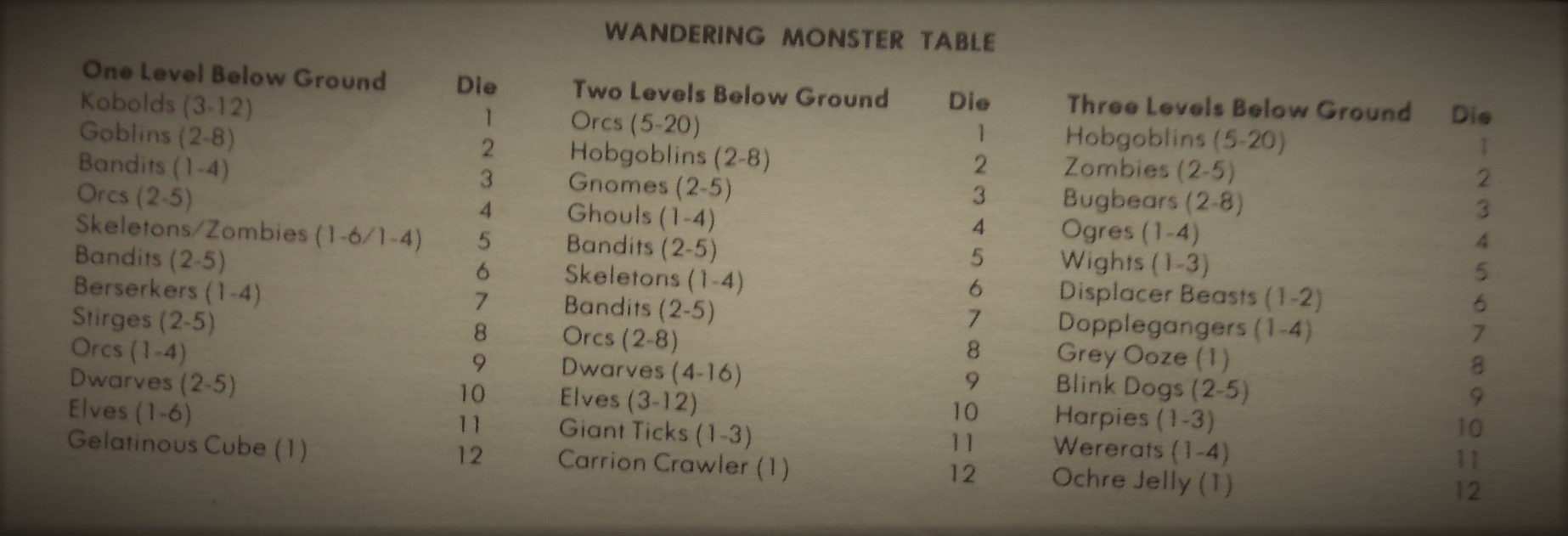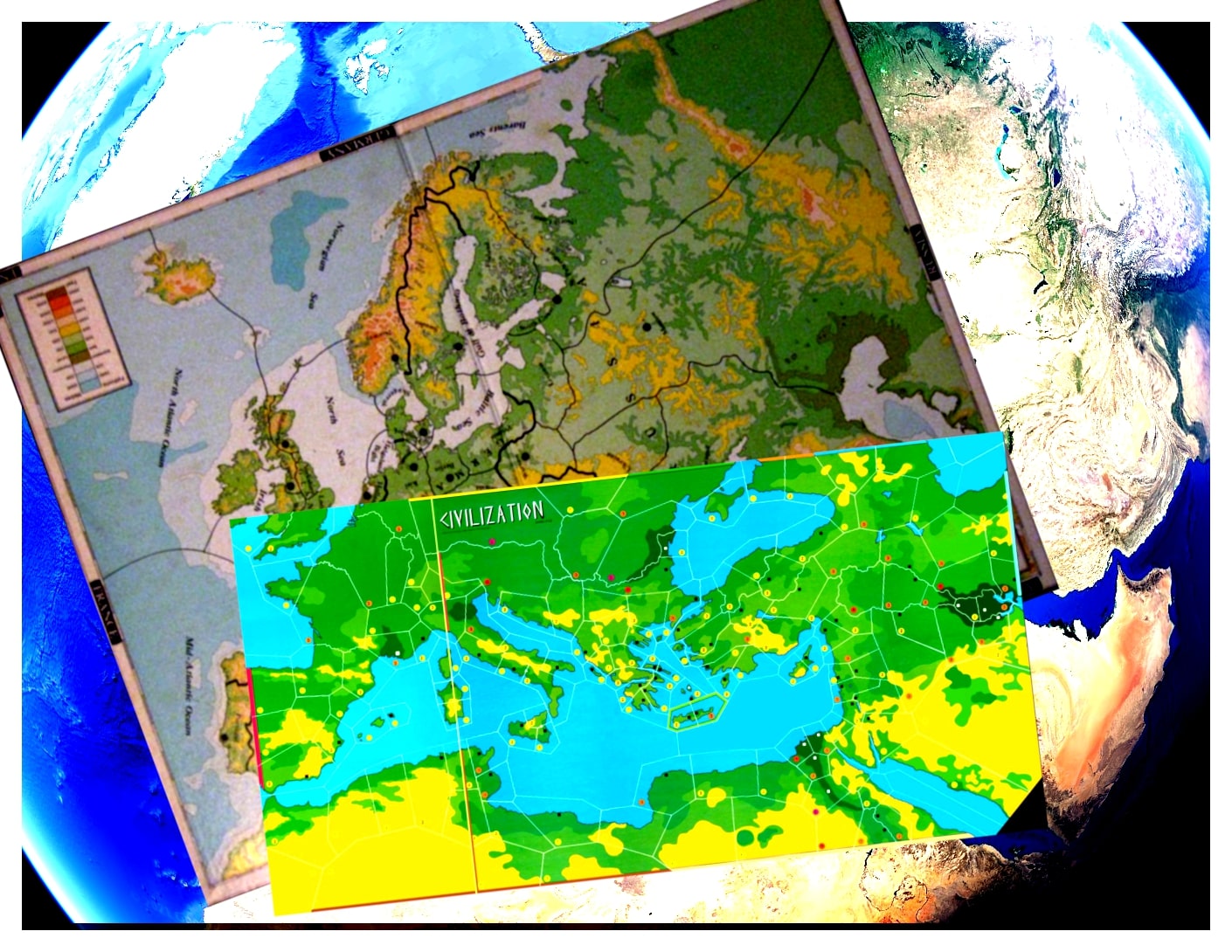Company of the Blind Seer
“I’m starting with the most deadly dungeon level configuration and an overly generous treasure sequence to see if it’s possible that player characters might survive to reach 2nd level. If it doesn’t work, it won’t take long.”
—from “Dreaming Amon-Gorloth”
After the second foray into the Deep Halls, in which the party descended briefly to Level 4, they hauled out goodly treasure. Four characters advanced to 2nd level. One of those, the party leader, is blind, and two party members did not survive.
The Gygax Tax or Where Does All the Treasure Go
Different methods to reduce excessive wealth are discussed under the heading Wealth Extraction in “Running the Campaign.” Our recent delve yielded sufficient treasure to make an example.
Money Changer
All told, the party ported 7,600 coins of ancient mint—in silver, electrum, and gold—and two bejeweled necklaces out of the dungeon storeroom-cum-den of thieves.
The coins are declared at the town gate and taken to the money changer. Their total value, 3,375 g.p., is taxed 10%. The jewelry, worth 4,000 g.p., is not taxed.
Gygax suggests a 1% import duty on goods, such as jewelry (AD&D DMG, 90), but in the campaign we ignore single-digit percentages. The full value of gems and jewelry may be bartered. The money changer collects a 10% luxury tax should they be sold for coin.
So while experience is calculated from the full gold piece value, the party comes away with 4,000 g.p. in jewelry and 3,038 g.p. in coin of the realm.
Restorative Spells
Hathor-Ra escorts Melqart to the temple. They learn that a cure for blindness requires 16,000 g.p.
Blindness from cobra’s spittle may be healed with a cure serious wounds spell (house rule). With the overly generous treasure stocking method, a restorative spell costs its level squared times 1,000 g.p.
Bank
Melqart, cursing ill luck, and Hathor then proceed to the bank, where they rent a small coffer (10 g.p.) to store the gold and jewelry.
Professional Expenses
From their shares, Hathor-Ra tithes 176 g.p. to the temple, and Melqart joins the Magic-User’s Guild, paying 500 g.p. in annual dues.
Upkeep
Upon receiving experience point awards, each PC immediately pays 1% of earned XP—that is, earned during the adventure, not total—in g.p. for upkeep. This includes room and board. PCs pay upkeep for their hirelings.
I pull this rule from OD&D (Vol. 3, 24). Though beneath our 10% threshold, taking a percentage from earned XP is less tedious than a daily or weekly payment.
Inability to pay one’s upkeep in full indicates a level of impoverishment, reflected in the character’s standing and reputation, i.e. NPC reactions. Failure to pay a hireling’s upkeep provokes an additional loyalty check.
I find upkeep’s impact on town encounters to be worth the effort. If a group feels otherwise, upkeep is easily ignored. In that case, we assume that PCs have in pocket whatever small sums are necessary for daily needs.
Company Charter
After a good night’s rest, Melqart considers the options. He proposes that the party form an adventuring company. The party agrees that Melqart will manage the company, with a hired assistant, until his sight is restored. Thereafter, the manager role will rotate through party members.
Treasure division:
- All treasure obtained on adventures belongs to the Company.
- Monetary treasure is divided into shares, which are disbursed by the Company.
- Adventuring party members earn one share, while the Company Manager earns one-half share.
- Magic items are distributed to individual members to the Company’s best benefit.
Company Manager responsibilities:
- Submits to member oversight.
- Keeps financial records.
- Directs research in the absence of the party leader.
- Organizes rescue parties.
The Company pays:
- Necessary adventuring equipment, including that for hirelings.
- Hireling advances on share.
- Restorative magic to heal injuries suffered while on party business.
- Research, magical or scholarly, conducted for party benefit.
The Company does not pay:
- Upkeep.
- Hireling fees or bonuses.
- Professional expenses (tithes, guild fees, gambling debts).
- Any other extras.
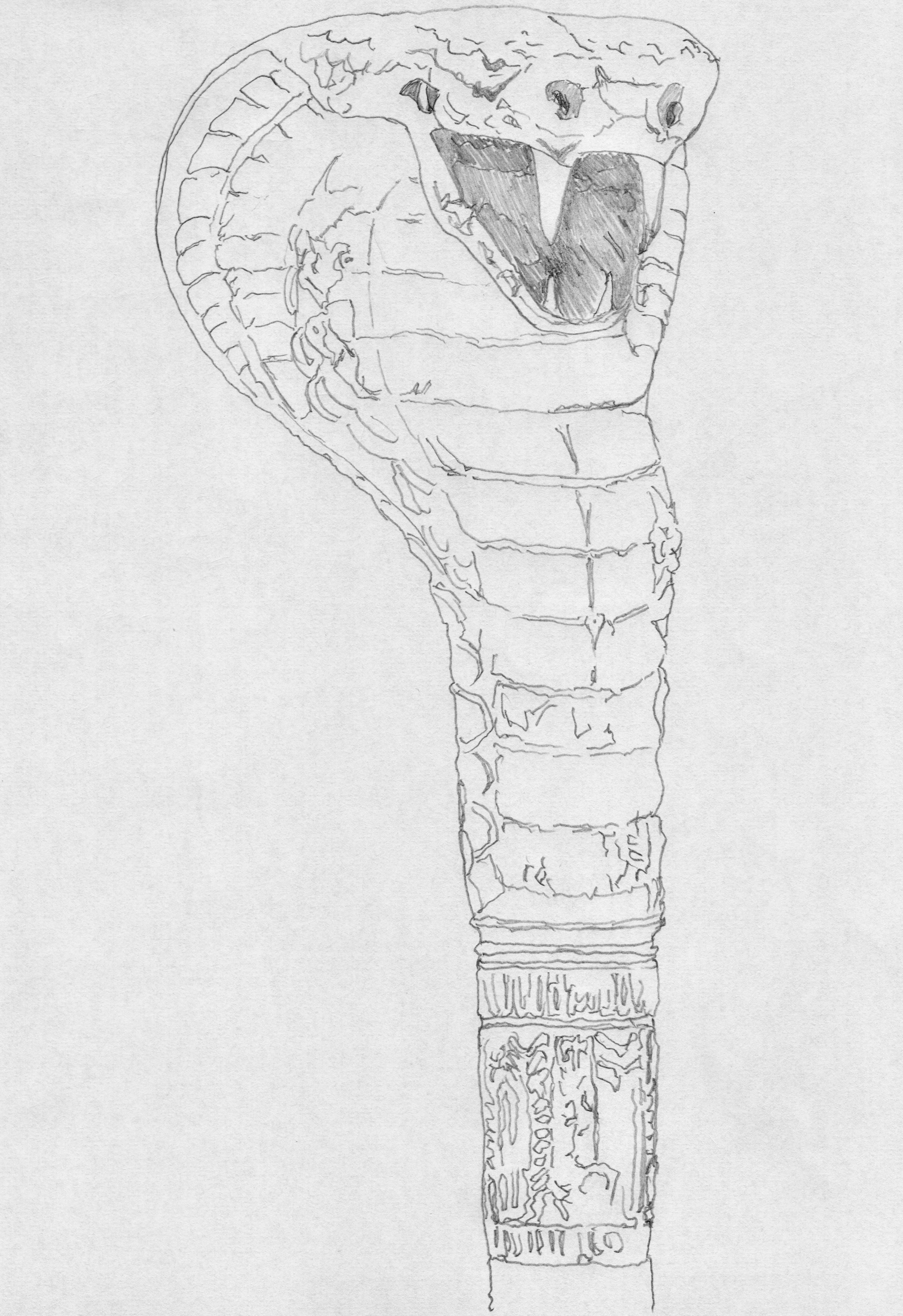
With 40 g.p. Melqart commissions an artisan to carve an ornament from acacia wood. It is to be affixed on a staff’s head. The spitting cobra becomes the symbol of the Company of the Blind Seer.
Current Party Composition
The following character records include those for the deceased, three new hirelings, and Melqart’s assistant Ur-Zaruund.
The party is not overly wealthy, I think, for 2nd-level characters. Especially considering that they are essentially 16,000 g.p. in debt to the future restoration of Melqart’s sight.
Melqart
Seer
Blind
Magic-User
2
Neutral
17 g.p.
50 g.p.
1,000 g.p.
4,700 XP
Hathor-Ra
Adept
Surviving
Cleric
2
Lawful Good
water walking potion
28 s.p.
533 g.p.
1,000 g.p.
2,999 XP
Penlod
Veteran Medium
Did Not Survive
Elf
1
Chaotic Good
Iltani
Warrior
Surviving
Fighter
2
Neutral
water walking potion
4 g.p.
400 g.p.
1,000 g.p.
3,999 XP
Idan Thyrsus
Apprentice
Did Not Survive
Thief
1
Neutral
Zagros
Warrior
Surviving
Fighter
2
Neutral
0 g.p.
481 g.p.
1,000 g.p.
3,999 XP
Astarte
Medium
Surviving
Magic-User
1
Neutral
spell scroll: shield
protection scroll: undead
0 g.p.
100 g.p.
0 g.p.
0 XP
Kildigir
Veteran
Surviving
Fighter
1
Lawful Good
0 g.p.
100 g.p.
0 g.p.
0 XP
Haxamanish
Apprentice
Surviving
Thief
1
Neutral
3 arrows
0 g.p.
100 g.p.
0 g.p.
0 XP
Ur-Zaruund
Medium
Surviving
Magic-User
1
Neutral
10 g.p.
100 g.p.
0 g.p.
0 XP
